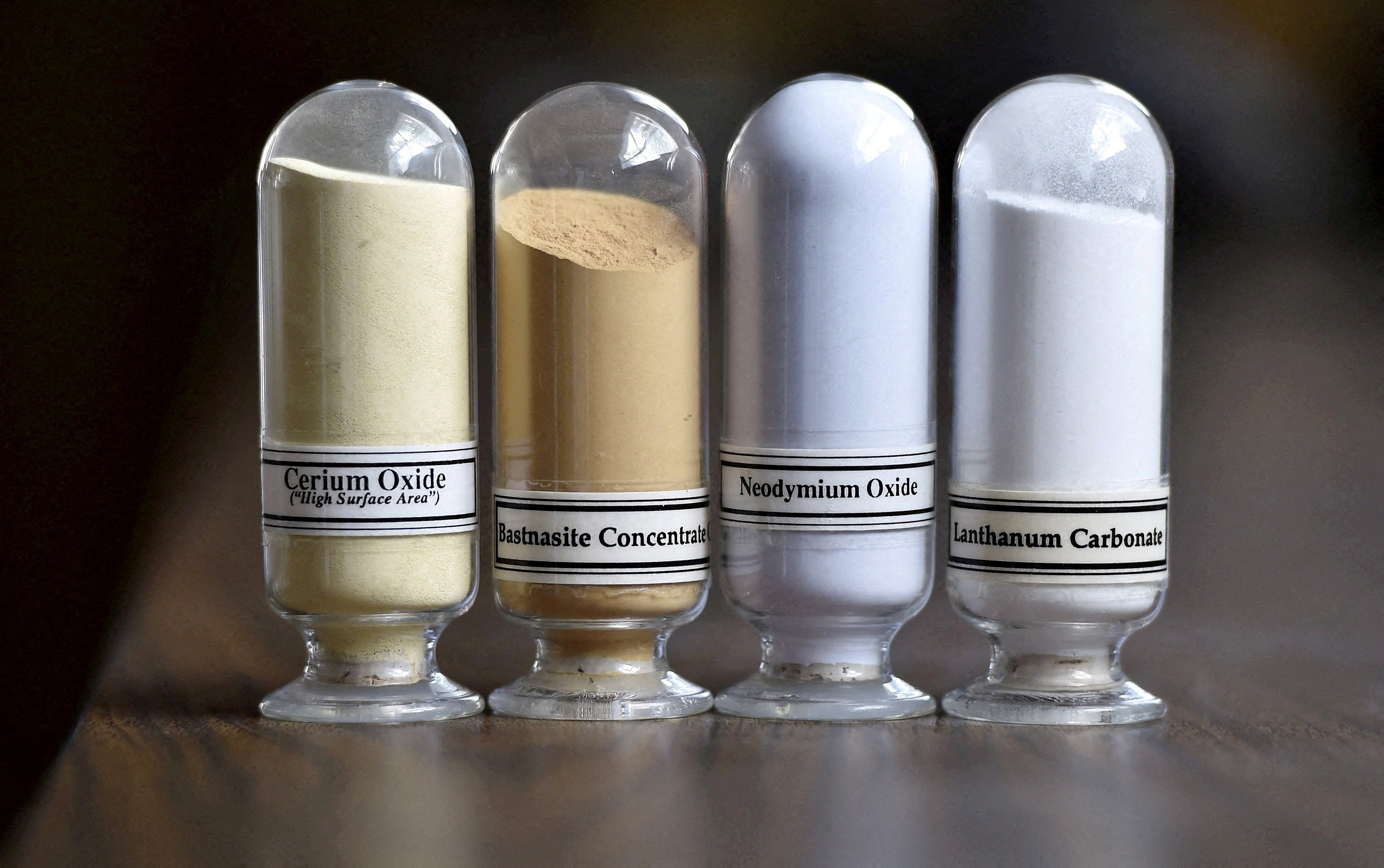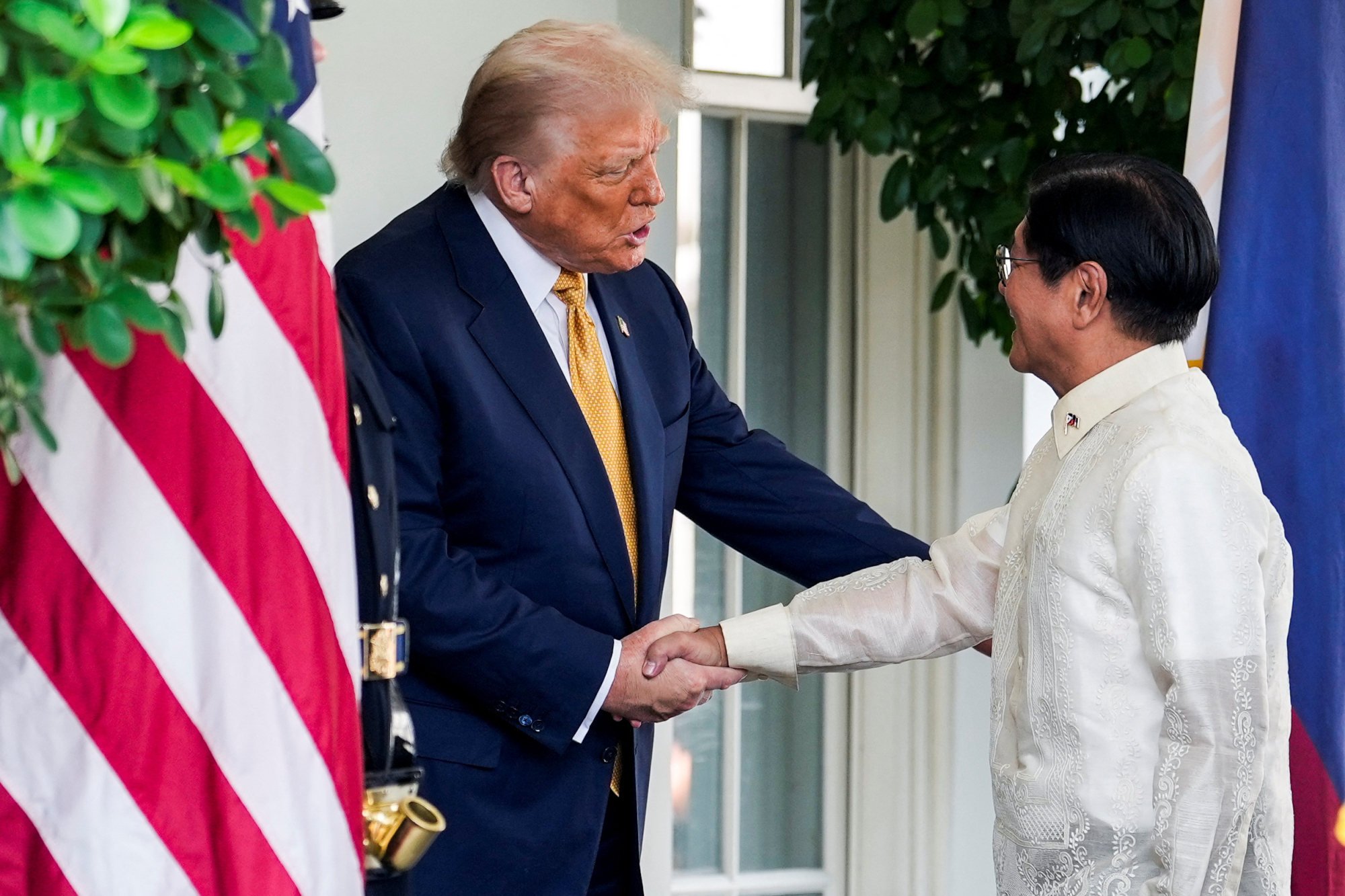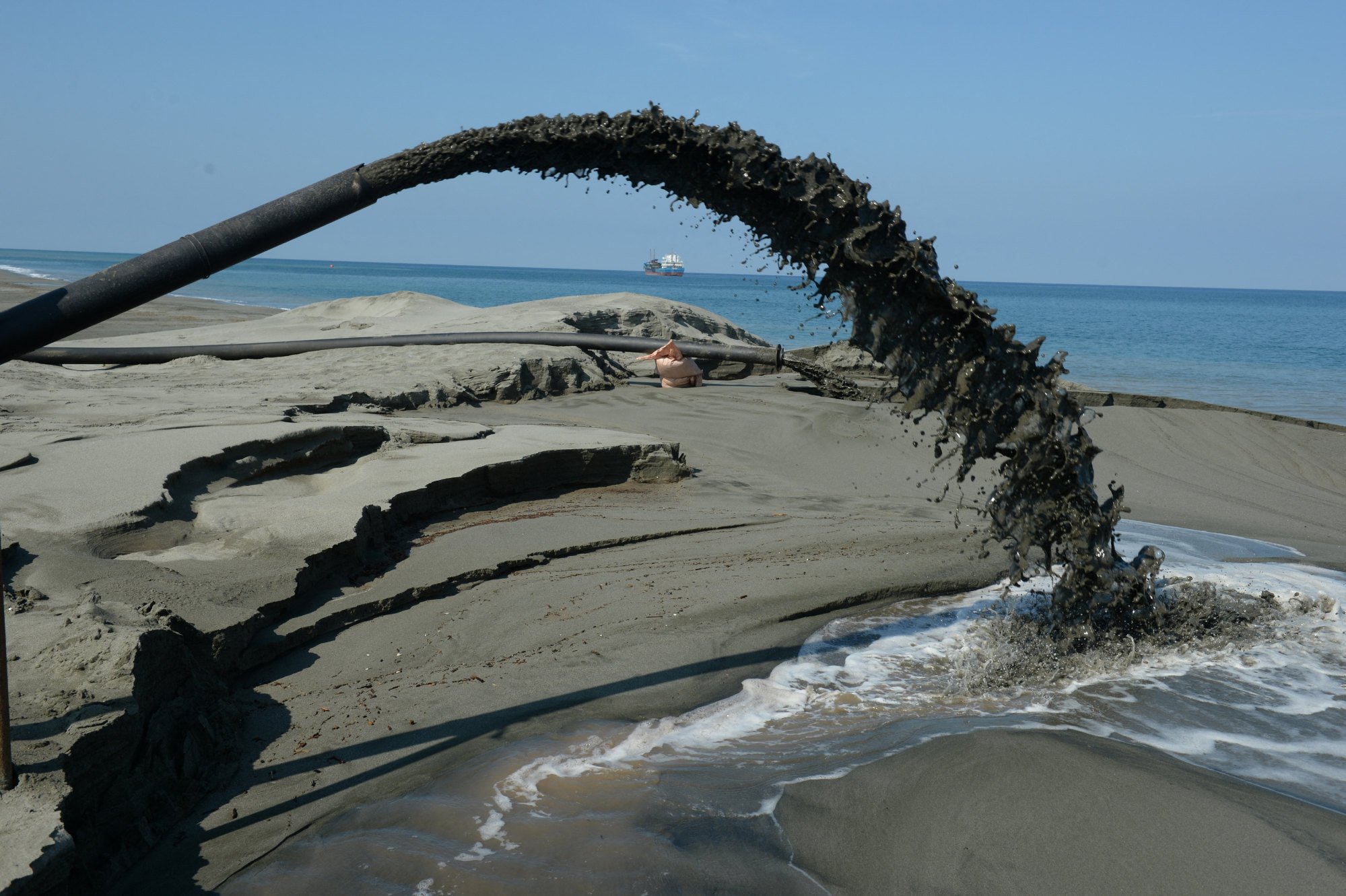Unearthing potential: US eyes Philippine rare earths as China tightens grip
The Philippines may have been unwittingly supplying China with key ingredients for everything from smartphones to missiles, insiders say

When US officials met their Philippine counterparts in Kuala Lumpur this month to discuss critical minerals, few outside industry circles realised the quiet significance of the conversation: a new front in the global contest over resources essential to modern technology and national security.
Now, a potential rare earths deal between the United States and the Philippines has drawn attention to the largely overlooked abundance of these strategic resources in the Southeast Asian nation – and to the decades-long flow of Philippine raw materials to China.
For years, Manila may have been unwittingly supplying China with the vital ingredients for manufacturing items ranging from smartphones and electric vehicles to missiles, satellites and military aircraft, industry insiders say.
During the meeting in Kuala Lumpur on July 10, US Secretary of State Marco Rubio told Philippine Foreign Secretary Maria Theresa Lazaro that Washington was interested in “the Philippines’ wealth in critical minerals and stressed the need to diversify critical mineral supply chains”, according to a State Department statement.

Although neither US President Donald Trump nor Philippine President Ferdinand Marcos Jnr mentioned a possible deal during their joint press conference on July 22, Marcos identified “critical minerals” as a key sector for development in his State of the Nation Address on Monday.
Washington’s renewed focus on securing mineral supply chains follows China’s decision in April to restrict exports to the US of “rare earth elements” – a subset of the broader “critical minerals” category that are essential for defence and advanced technology.
Seventeen metallic elements are classified as rare earths. According to the Washington-based Centre for Strategic and International Studies, Beijing’s export restrictions targeted seven of these: scandium, samarium, gadolinium, terbium, dysprosium, lutetium and yttrium, as well as magnets crucial to the defence, energy and automotive industries.

The move was a direct response “to Trump’s tariff increases” on Chinese goods, the think tank said.
In a hearing of the East Asia Indo-Pacific subcommittee on July 15 titled “Breaking China’s Chokehold on Critical Mineral Supply Chain”, Republican Congresswoman Young Kim of California warned that China “controls 92 per cent of global rare earth element processing and dominates the manufacturing of battery and magnet components”.
“This chokehold, reinforced by China’s tens of billions in global mining investments and tactics like price manipulation and export restrictions, poses a direct threat to the United States and our allies,” Kim said. She called for the creation of “non-Chinese supply chains” in partnership with US allies.
A hidden resource
The Philippines is not just a strategically located archipelago, it also possesses significant, if underexplored, reserves of rare earth elements. Yet these deposits have so far been studied only sporadically due to a lack of resources.
A veteran mining engineer, with experience both in the Philippines and overseas, told This Week in Asia that local mining companies had not actively pursued rare earth extraction. “All that I have heard is that there is a potential for such minerals as associated with other deposits like laterites and bauxite but [I] don’t really know the specific location,” he said.
Unhandled type: inline-plus-widget {“type”:”inline-plus-widget”}
Scandium, one of the rare earths subject to China’s export ban, has been identified in the Philippines’ nickel-rich laterite deposits in Zambales, Surigao del Sur and Palawan provinces, according to geologist Dr Rene Juna Claveria, an emeritus professor at Ateneo de Manila University, citing a study by the Philippine Council for Industry, Energy and Emerging Technology.
Claveria, who has extensively studied rare earths, explained at a Manila Observatory lecture last month that the Philippines “is a major exporter of raw nickeliferous laterite as we do not have processing plants for nickel and other by-products”.
The soil itself is … being exportedDr Rene Juna Claveria, rare earth expert
“Unfortunately, exporting raw laterites does not give us the benefit [of] value-adding in the acquisition of scandium,” he said. “This means China is the one which processes [the laterites], so the scandium is theirs.”
The Philippines was “not processing the soil. The soil itself is the one being exported”, Claveria said.
He emphasised that rare earths were “critical” to the manufacture of “smartphones, electric vehicles, wind turbines, semiconductors, nuclear reactors” and aircraft navigation guidance systems, among many other applications.
“In essence, without these elements, the high-technology products are more likely non-existent,” he said.

Claveria added that rare earth deposits were present in the black sands around the coasts of the Philippines and claimed that foreign entities had used giant dredgers to remove these, altering the coastline.
China’s dominance in rare earth processing was the result of decades of investment to perfect the “very tedious, difficult process” of separating out rare earth elements, he said.
“In contrast, the US did not persevere,” he said. “China is the only one who can sell those elements in pure form.”
He argued that the Philippines had yet to realise its rare earths potential and proposed a comprehensive inventory of all operating and abandoned mines.
“Joint sharing” with the US on rare earths development could also be an option, according to financial risk analyst Jonathan Ravelas, managing director of eManagement for Business and Marketing Services.
The mining engineer, speaking anonymously due to the sensitivity of the subject, cautiously welcomed potential US collaboration for funding, but said it was “too early to talk about mining”.
“[We] need to do prospecting, then exploration, then feasibility studies, then mining if all of the previous steps had positive outcomes,” he said, stressing that “governments don’t usually do the detailed exploration”, which is often expensive and high-risk.
“Some funding is given for a general study then the results are given to the private sector for interested companies to continue the work,” he added.
The engineer also warned of the environmental risks: “Given the possible association of rare earth minerals with bauxite and laterite deposits there would be no escaping from open pit mining.”
Claveria echoed these concerns, noting in his lecture the closures of rare earths mines in the US due to environmental non-compliance.
Despite repeated requests from This Week in Asia for more details, Claveria did not respond. His livestream lecture on rare earths was also quietly removed online from the Manila Observatory’s social media pages.